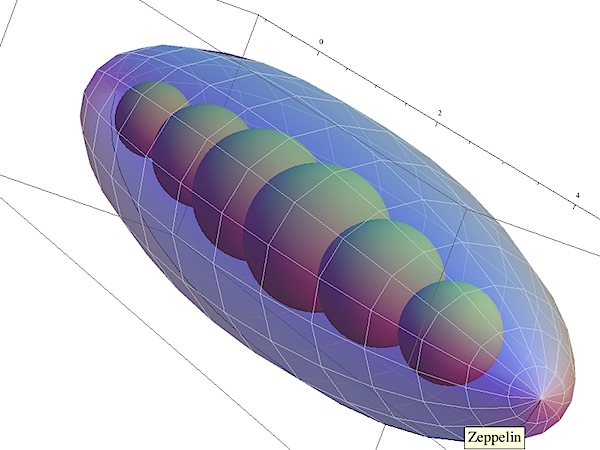I've finally put up the presentation for The Science of Airships onto the site. Right now it's a ginormous PDF presentation linked off that page (no, really, it's huge, be warned, that's why I'm sending you to the parent page and not giving out the direct link), but I'm planning to break it apart into pieces that are easier to digest, which I'll work into the regular flow of the blog.
This is part of a more general The Science of... series I'll be starting on this blog. The pages are skeletal right now, just HTML, but I'm going to integrate them into the WordPress engine so that I can add to them more rapidly.
The plan (ha! ha! I kill me!) is to first I'll go through the +500 or so articles in this blog and reblog articles that fit under this description and link them of http://www.dresan.com/science/, then I'll start adding presentations. I'm thinking the next presentation will either be The Science of Steam or The Science of Rayguns, suitably steampunk titles ... though the Science of Spacecraft and The Science of Spacesuits won't be long in following.
-the Centaur


